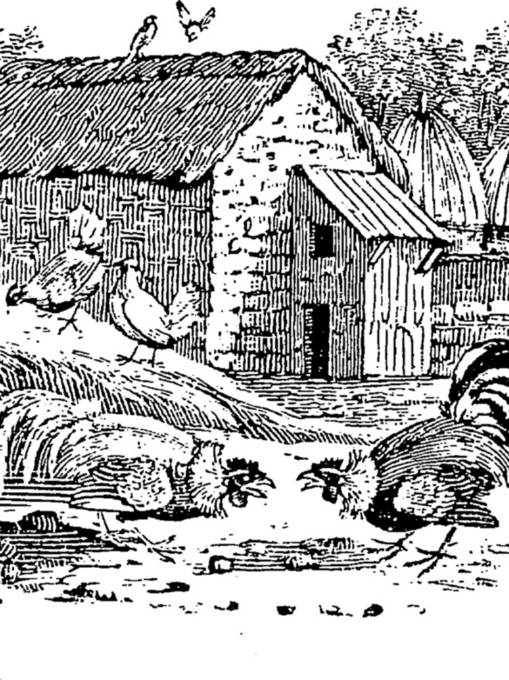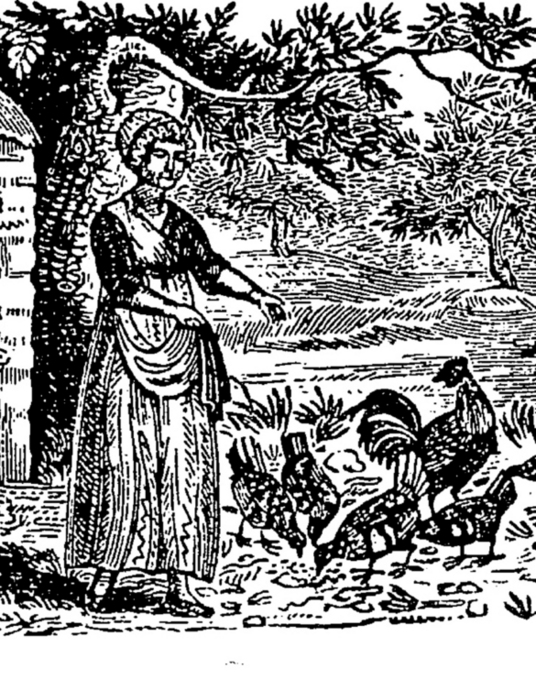 hatherleigh
hatherleigh
Hatherleigh Press is committed to preserving and protecting the natural resources of the earth. Environmentally responsible and sustainable practices are embraced within the companys mission statement.
Visit us at www.hatherleighpress.com and register online for free offers, discounts, special events, and more.
Backyard Farming: Raising Chickens
Text copyright 2013 Hatherleigh Press
Library of Congress Cataloging-in-Publication Data is available upon request.
eISBN: 978-1-57826-445-2
All rights reserved. No part of this book may be reproduced, stored in a retrieval system, or transmitted, in any form or by any means, electronic or otherwise, without written permission from the publisher.
Cover Design by DcDesign
Interior Design by Nick Macagnone
www.hatherleighpress.com
v3.1
TABLE OF CONTENTS

INTRODUCTION
First comes the garden, and then come the chickens. Many backyard farmers who start out with vegetable gardens almost invariably end up adding chickens to the homesteading family. With such a wide variety of sizes, shapes, and breeds to choose from, chickens can end up becoming a very important part of the homegrown food chain. Whether for eggs, meat, or both, chickens are not only a pleasant addition to your home produce, but a valuable one as well. This book will cover the basics of chicken keeping and rearing, as well as breed selection, housing strategies, the rules and regulations for urban and city possession, raising your birds from chicks, ordering and feeding your flock, free-ranging your birds versus containing your birds indoors, and so much more. In short, this book is a primer for all those interested in keeping and caring for these favorite fowl of the farmyard.
Perhaps the most popular animal you will find on a barnyard, homestead, backyard, or urban farm is the chicken. Besides the cow, the chicken is the first animal most people picture when they think about a farmyard staple. Chickens come in all sizes and colors, as do their eggs, so while theres a chicken for every farmer and every situation, its important to choose the right one.
You will find that the chicken is truly a multifunctional animal. We eat their meat and their eggs; chickens can help control the bugs and grubs in the garden; our grandparents and great-grandparents would even use their feathers for pillow making (although goose down was preferred). We breed them for show, make pets out of them, and compost their manure for garden use. We even use some chickens to foster and hatch the eggs of other birds.
Chickens have been part of the homesteading tradition for centuries, with some breeds of chicken going back thousands of years. Some breeds are close to being lost to us, while still others believed to have been lost have been found in rural backyards, waiting to be rediscovered and brought back into the world.
But as much as we revere the chicken and welcome it into our yards and barns, we have also done a great disservice to this bird. We raise them in tight confinement their entire lives, dock their beaks, and crossbreed them to maximize their productive capacity with little regard for their overall health. What is worse is how we have forced them to lose their natural survival instincts by keeping them in climate-controlled buildings, where they are unable to forage for natural foods. In recent years, notable effort has been made to reclaim these industrialized breeds, with backyard farmers and homesteaders raising and incorporating these birds into their flocks. Even these early attempts have shown promising results, with chickens from industrial breeds being reintegrated into urban and suburban flocks as early as the second or third generation. The damage done is by no means permanent, and as a result, there is much we can do to speed up the process of restoring these birds to their natural lifestyle.
Through the very good and the very bad that we have bestowed upon this bird, it has continued to play an important role in the lives of humans throughout the world. And in many ways, we play an important part in its: many people are now fighting for the survival of the endangered breeds, as well as for more humane living and slaughtering conditions for those in commercial confinement.
This book will act as an introduction for those of you who are adding (or thinking of adding) chickens to your family for the first time. Among the topics covered are the differences between breeds; requirements for housing, feeding, breeding, and hatching; and everything in between.
As a new chicken person, you will find your charges interesting, comical, useful, and addicting. You will discover that, if allowed, each bird will develop its own personality, especially if you plan to keep them long-term as pets or for egg use instead of for only a few weeks or months for meat.
This book also comes with a warning: chickens, as they say, are like potato chips. You cant keep just one, and it wont take you long to get hooked.
This book is meant to serve as a basic primer for those seriously considering raising their own chickens. It is a short but concise book that will touch on all of the major points that you may want or need to consider in your quest to obtaining your first birds, be it a few or an entire flock. So kick back, relax, and have fun learning the basics of this most popular of farm animals: an animal the entire family can enjoy.

MEET THE EXPERT
Kim Pezza grew up among orchards and dairy and beef farms having lived most of her life in the Finger Lakes region of New York State. She has raised pigs, poultry and game birds, rabbits and goats, and is experienced in growing herbs and vegetables. In her spare time, Kim also teaches workshops in a variety of areas, from art and simple computers for seniors, to making herb butter, oils, and vinegars. She continues to learn new techniques and skills and is currently looking to turn her grandparents 1800s farm into a small, working homestead.


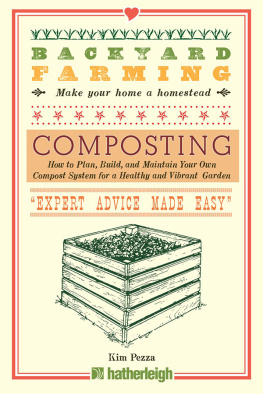


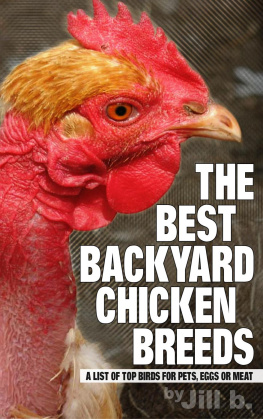
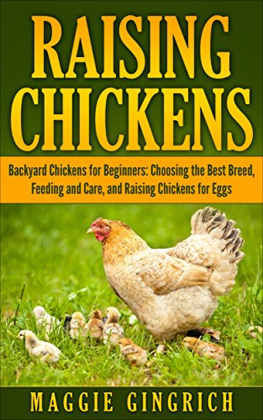

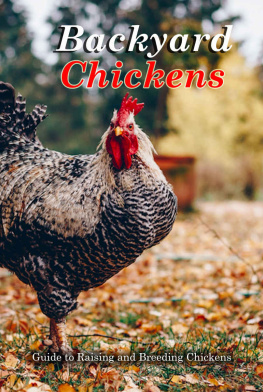
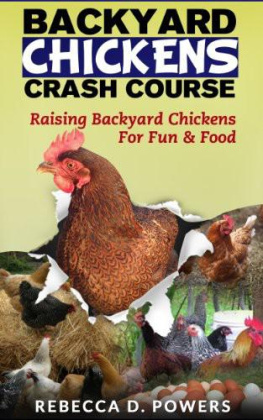
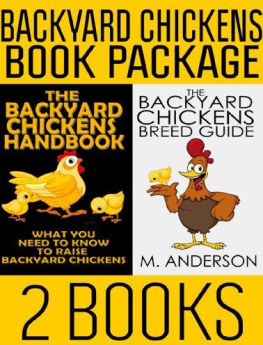
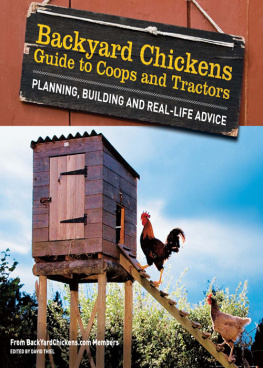
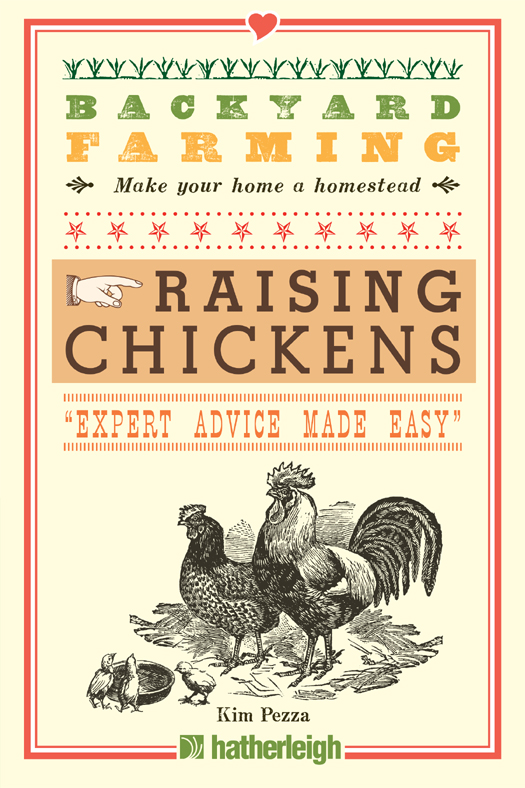

 hatherleigh
hatherleigh
